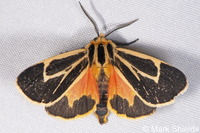
| Recorded by: Mark Basinger on 2025-08-25
Wilson Co.
Comment: | 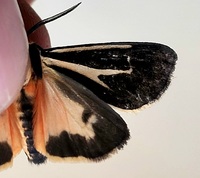
| Recorded by: Mark Basinger on 2025-08-25
Wilson Co.
Comment: |
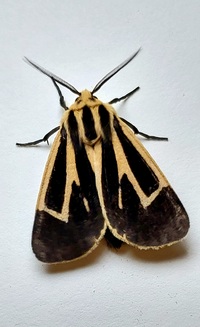
| Recorded by: Mark Basinger on 2025-08-13
Ashe Co.
Comment: | 
| Recorded by: Mark Basinger on 2025-08-13
Ashe Co.
Comment: |
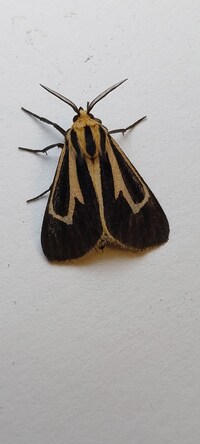
| Recorded by: Mark Basinger on 2025-07-28
Wilson Co.
Comment: | 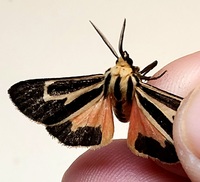
| Recorded by: Mark Basinger on 2025-07-28
Wilson Co.
Comment: |

| Recorded by: Mark Basinger on 2025-07-27
Wilson Co.
Comment: | 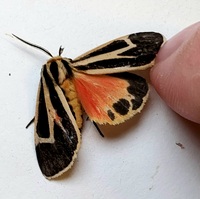
| Recorded by: Mark Basinger on 2025-07-27
Wilson Co.
Comment: |

| Recorded by: Mark Basinger on 2024-09-23
Wilson Co.
Comment: | 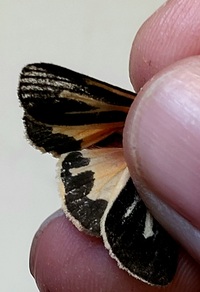
| Recorded by: Mark Basinger on 2024-09-23
Wilson Co.
Comment: |

| Recorded by: David George, Stephen Dunn, Jeff Niznik on 2024-09-12
Orange Co.
Comment: | 
| Recorded by: Jim Petranka on 2024-07-09
Madison Co.
Comment: |
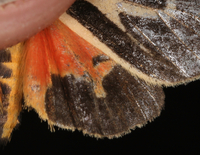
| Recorded by: Jim Petranka on 2024-07-09
Madison Co.
Comment: | 
| Recorded by: David George, Jeff Niznik on 2024-04-29
Chatham Co.
Comment: |
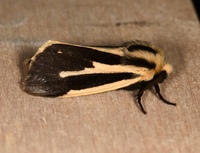
| Recorded by: Jim Petranka and Becky Elkin on 2024-04-16
Buncombe Co.
Comment: | 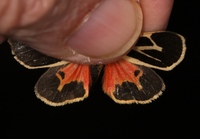
| Recorded by: Jim Petranka and Becky Elkin on 2024-04-16
Buncombe Co.
Comment: |

| Recorded by: David George, Stephen Dunn, Jeff Niznik, Larry Chen on 2023-10-28
Orange Co.
Comment: | 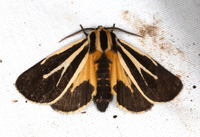
| Recorded by: Jim Petranka and Bo Sullivan on 2023-08-08
Ashe Co.
Comment: |
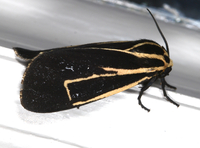
| Recorded by: Jim Petranka on 2023-07-30
Madison Co.
Comment: | 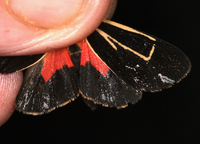
| Recorded by: Jim Petranka on 2023-07-30
Madison Co.
Comment: |

| Recorded by: Stephen Dunn on 2023-05-17
Orange Co.
Comment: | 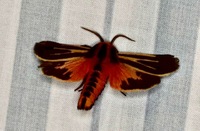
| Recorded by: Stephen Dunn on 2023-05-17
Orange Co.
Comment: |
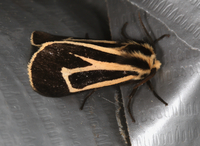
| Recorded by: Jim Petranka and Bo Sullivan on 2023-05-17
Richmond Co.
Comment: | 
| Recorded by: Jim Petranka and Bo Sullivan on 2023-05-17
Richmond Co.
Comment: |

| Recorded by: K. Bischof on 2023-05-08
Transylvania Co.
Comment: | 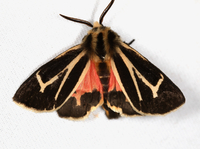
| Recorded by: Jim Petranka on 2023-04-12
Madison Co.
Comment: |
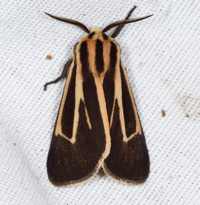
| Recorded by: Jim Petranka and Becky Elkin on 2022-08-24
Clay Co.
Comment: | 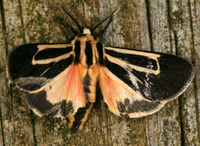
| Recorded by: Jim Petranka and Becky Elkin on 2022-08-24
Clay Co.
Comment: |
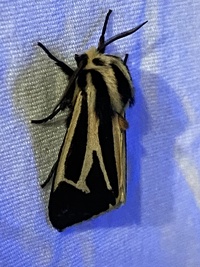
| Recorded by: David George, L. M. Carlson on 2022-04-25
Orange Co.
Comment: | 
| Recorded by: David George, L. M. Carlson on 2022-04-25
Orange Co.
Comment: |
|

 »
»